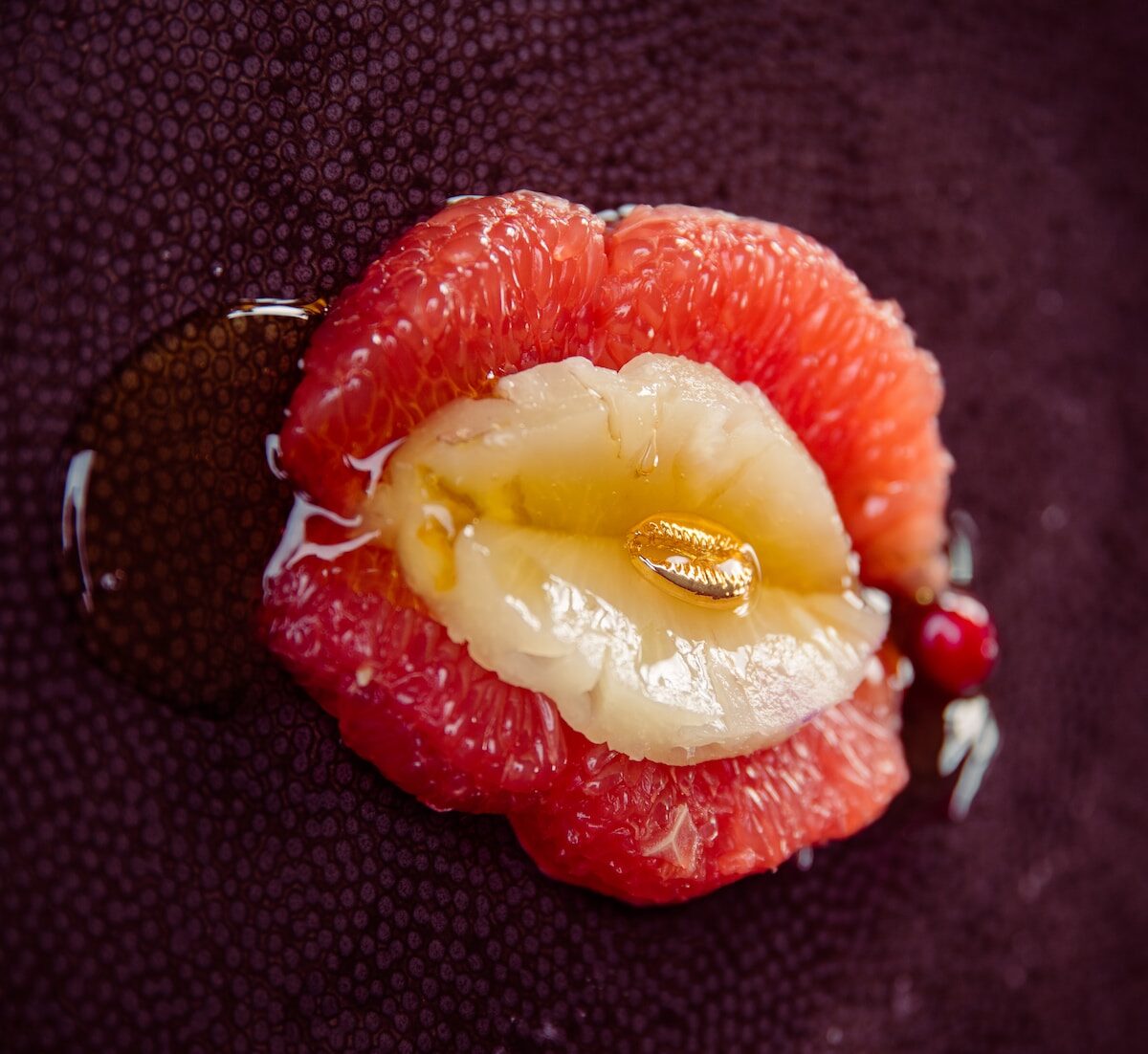Stimulating the clitoral glans (the little button of flesh that’s shaped like a wishbone) with a finger or a toy can lead to an orgasm. In fact, it’s the most common way that women experience an orgasm.
Orgasms happen when there is a build up of sexual tension that gets released in a burst of pleasure. But how does it feel?
It’s a tingling sensation
While some people describe clit orgasms as “feeling like you have an overflow of sexual energy,” or as a series of tiny spasms in their genitals, tingling sensations are common and can occur throughout your body. The tingling that occurs during orgasm is thought to be the result of your brain processing pleasure — the release of tension and excitement that feels good.
When you’re aroused, blood rushes to your vulva and your genitals swell a little. This can feel tingly, but some people also report it feeling more like throbbing. Some women can have a clit orgasm without any penetration at all, even just masturbating or experimenting with toys. This is why it’s important to know your anatomy and what types of stimulation feel pleasurable for you.
The glans, which is visible on the outside of your vulva, looks a little like a pea or the bud of a flower. The part that can’t be seen, called the body (corpora), is shaped a bit like a wishbone, and it has a pair of legs that extend downward, called the crura. The crura are what make your clitoral hood feel so sensitive, and they’re where most orgasms occur.
To get a sense of what your clitoral hood feels like, try plopping spread-eagle in front of the mirror. You should see your inner and outer lips, which are technically the labia minora and majora surrounding your vaginal opening. Find the spot where they meet at the top of your vulva and you should be able to locate the clitoral hood. You can stimulate it with your fingers and begin with light pressure, then apply heavier and more intense pressure as arousal builds. Make sure you’re using lube, and remember that it’s okay to take your time and enjoy the sensation.
It’s a swell
A clit orgasm is different from other types of orgasms, but it still involves a feeling of euphoria. It occurs when your anus, pelvic muscles and sexual organs contract rhythmically to create a burst of sensation that feels amazing.
The clitoral hood is the most visible part of your clitoris, and it looks a little bit like a pea or a bud. It’s a flap of skin that retracts during arousal, and it contains about 15,000 nerve endings. Stimulating the glans with your fingers or a vibrator during sexual activity can cause it to flex and enlarge, creating a swell of pleasure for you and your partner.
As you’re getting aroused, the clitoral hood may get too sensitive for direct stimulation, so you’ll need to use a light touch. Using a lot of lube can help to alleviate this problem. As arousal progresses, you can move your fingers in a circle around the glans to increase pressure and intensify the sensation.
Your clitoral hood has two legs, called the crura, that extend downward from it. Together, the glans and crura form a “V” shape that covers your vaginal canal and urethra (the tube that carries pee out of your body). During sexual activity, the clitoral hood and crura can rub up against each other, which can feel pleasurable.
During an orgasm, your clitoral hood and the rest of your clitoral area become engorged with blood. This swell can even double in size. Sometimes, this can lead to a squirt of fluid that’s known as female ejaculation. However, this isn’t actually pee, since the squirting comes from your periurethral sponge, which fills up with fluid as you orgasm. Once you’re done orgasming, the swollen periurethral sponge will deflate, and your clitoral hood and vulva return to their normal sizes.
It’s a tingle
Many women experience a variety of sensations during orgasm. But they all begin with a tingling feeling that builds in the pelvic area and throughout the body – even in the fingers and toes. This tingling is called myotonia, and it’s because the spasming of your pelvic muscles and organs pulls on other parts of your body to create a whole-body sensation of pleasure. This is what leads to orgasm, a moment of intense pleasure that feels like a burst of energy.
During sexual arousal, blood vessels in the pelvic region swell, creating fullness and sensitivity that’s heightened by stimulating the clitoris. This swell and tension also stimulates other areas in the body, including the vaginal walls. The pressure of the clitoris and other erogenous areas causes your inner vaginal lips to change shape and your cervix to expand. The tingling is an indication of your arousal and can feel different for everyone, depending on what you stimulate or where.
A clit orgasm is usually short and intense, caused by stimulation of the clitoral glans. This can be done by stroking or pressing against the clitoral shaft with hands, or with a vibrator. It can feel more intense when the glans are stimulated directly, but be careful not to push too hard or you may lose sensation.
Another type of orgasm is the G-spot or anal orgasm, which occurs in the anal canal and around the anal sphincter. It’s a longer orgasm than a clit orgasm, and it’s a bit less intense. Stimulation of the G-spot can feel good, but it’s important to communicate with your partner to ensure that they aren’t pushing too hard or you will lose sensation.
During sexual arousal, the G-spot is sensitive and can be easily overstimulated. However, as arousal continues to build, the head of the clitoral glans may become too sensitive for direct stimulation and more subtle techniques like pressing or rolling the glans back and forth between the fingers might intensify pleasure.




Leave a Comment